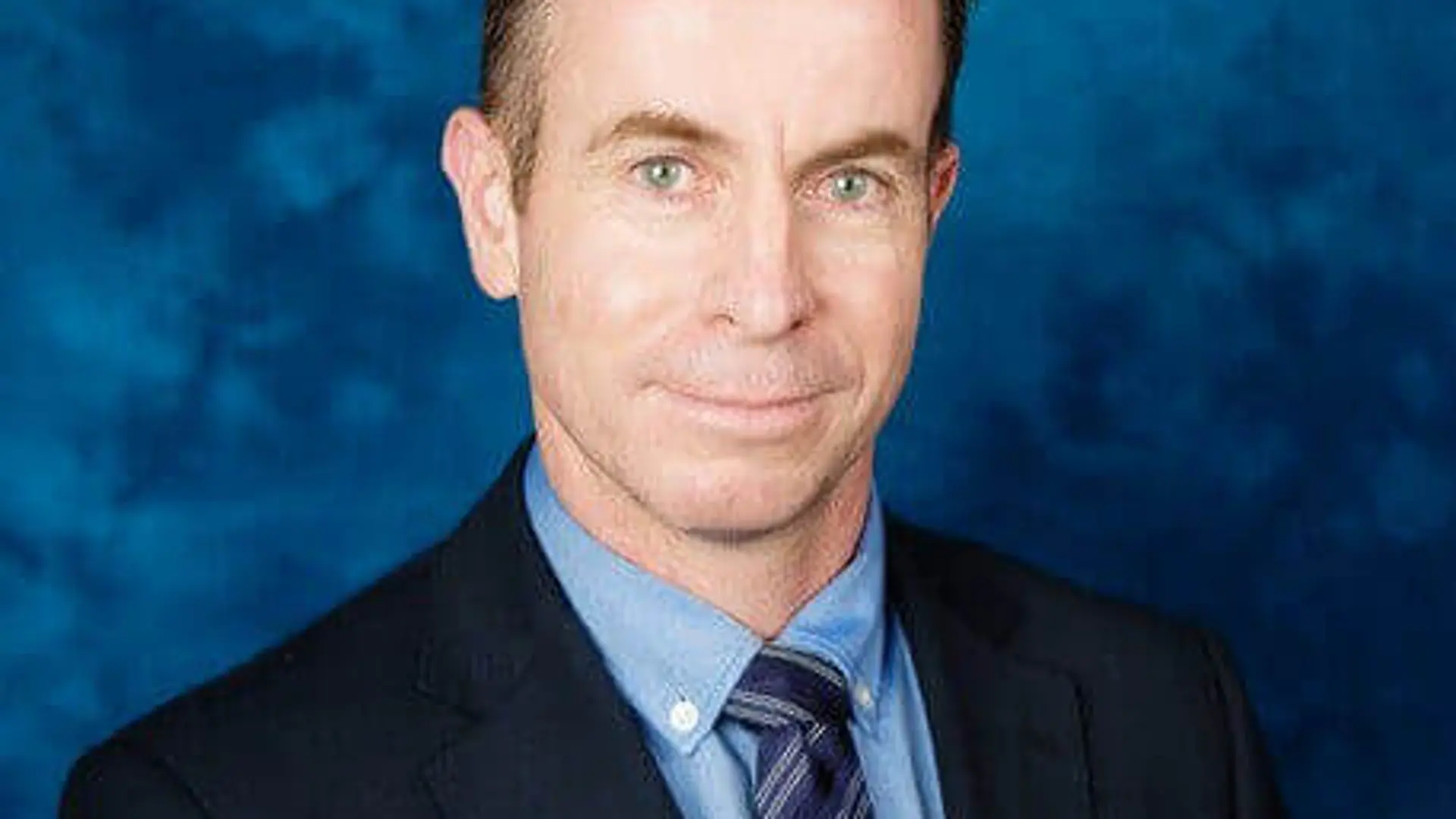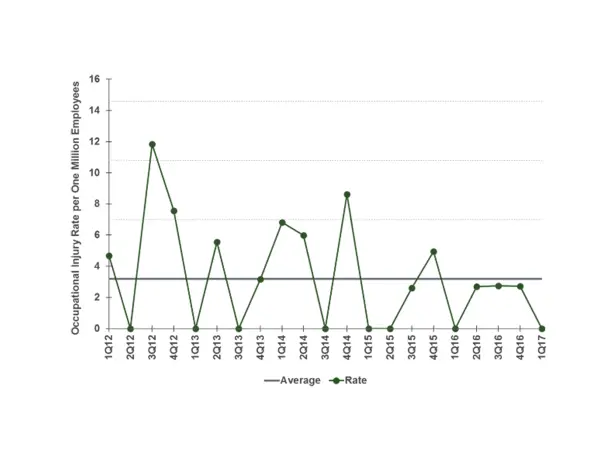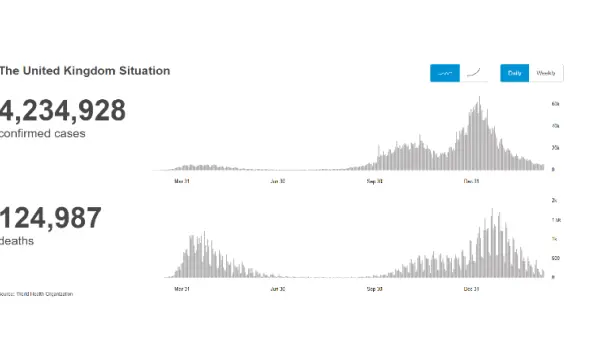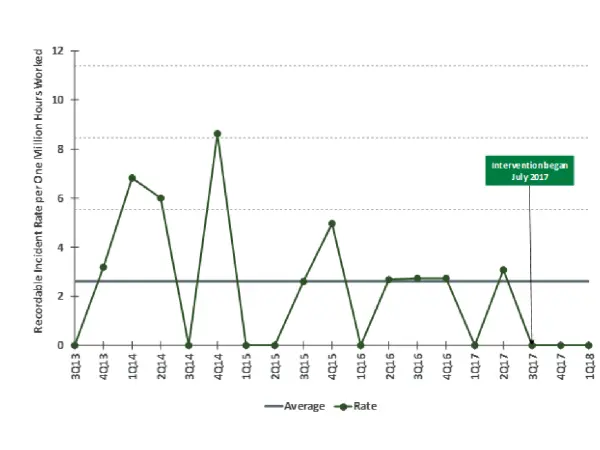Do you see parallels between National differences in Covid-19 outcomes and workplace safety?
Since 2020, the COVID-19 pandemic has had a major impact on the everyday activities of people across 218 nations, infecting 57 million and being responsible for the deaths of 1.5 million people. From an economic perspective, since the emergence of COVID-19, we have witnessed a recession which has seen the fastest and steepest decline in growth projections among all global recessions, since 1990.

Whilst the advancement of vaccine development and roll-out continues, most nations have taken measures to slow the spread of the virus. Across the globe, countries have imposed containment and control measures aimed at ‘flattening the curve’, ranging from strict controls on travel, social gatherings and commercial activities, to the wearing of face-coverings and social distancing. Differences in the strictness of such policies and the rapidity with which nations have imposed and relaxed the policies, reflect divergent assessments of both the public health risk of COVID-19 and the social and economic impacts of the different policies. There are several nations of note who have succeeded in controlling the virus effectively to date - New Zealand and Vietnam have been hailed as the beacon of best practice - however, it is well discussed and documented that the USA and UK have had considerably less success in their efforts.
For those that have succeeded, their leaders listened and took immediate action in implementing strict controls; they had excellent reporting processes and were steadfast in their vision for zero COVID-19 transmissions.
When considering COVID-19 holistically and comparing it with workplace safety performance, there are some striking similarities. The International Labour Organization (ILO) estimates that some 2.3 million women and men around the world succumb to work-related accidents or diseases every year. They also estimate that 4% of annual global GDP, or US $2.8 trillion, is lost due to the direct and indirect costs of occupational accidents and diseases, including lost working time, workers' compensation, interruption of production, and medical expenses.
When DEKRA undertakes a project with an organisation, our centreline approach is to consider initial baseline data to gain a good insight into the overall safety performance over a given period. Typically, this is a period of 3-5 years represented in just one example below; beside it is the UK’s COVID-19 infection rate for comparison.


Whilst for this organisation the average rate of recordable injuries was 2.84 per one million hours worked, there were no trends in the rate and no periods of unusual variation, however there is a cyclical set of what can be referred to as ‘peaks’ and ‘troughs’ (or ups and downs). We find that this is extremely typical in many organisations, and a parallel can be drawn with COVID-19.
An increase in injuries (or COVID-19 infections or deaths) may exceed Management’s tolerance limits and then trigger special safety efforts, which is what we observed during COVID-19 “lockdowns” across many nations. This reactive approach may create the feeling that people must get hurt (or infected) before there is any action taken. This can reduce Management credibility in the eyes of the workers, or the people of the nation when referring to COVID-19.
In the workplace a decrease in injuries can lead to complacency (as for declining Covid-19 infection rates). If enough pressure is applied from Management or a Nation’s leader such as in countries like New Zealand or Vietnam, there is likely to be a drop in injury or COVID-19 infection numbers, respectively. At this point, our special safety efforts or COVID-19 controls may be dropped or relaxed as we may believe the crisis is over. If we drop our emphasis on safety or the protection of people, the result may be an increase in injury or infection rates again and this is exactly has sadly occurred in countries that have been less successful in their control measures and have subsequently had high COVID-related deaths.
In the early days of the pandemic, many countries commenced lockdown measures; in the UK, however, the lockdown was late and reasonably lenient – travel restrictions in and out of the country were not imposed until several months later. Turning to societal behaviours, we should consider the essence of Japan’s affinity for face coverings - a relationship that can be traced back centuries - and a custom to which Japan’s lower number of deaths from COVID-19 can be attributed, compared with Western nations. In contrast, the wearing of face coverings has been less “accepted” in countries such as the USA and the UK, with the death rates have been significantly higher.
Among the many organisations that DEKRA has worked with over the years, in those that are experiencing a poor safety history, we often see leaders ill-informed or oblivious to safety leadership and how it relates to the overall organisational functioning; this leadership is needed in terms of safety, productivity and financial performance, given that these factors are interconnected. Conversely, we have seen substantial changes in leaders’ behaviours and the results are outstanding; one example being, a CEO who was determined to achieve zero injuries within the organisation from the outset. Due to their success in achieving this goal, the organisation in question is now often referred to as one of the world’s safest manufacturing company. Interestingly, the share price had not been performing well at the start of the process; within 12-month, shares had hit record highs.


Leaders set the priority and determine the tone with which things are done, whether within an organisation or a Nation. To escape the perpetual cycle of poor workplace safety performance, leaders need to listen, be more proactive and ensure that everyone’s behaviours are aligned with the stipulated exposure controls. Whilst this can be a daunting and challenging task; leaders should first start with working to change their own focus. By aligning their own behaviours first, leaders can in turn start to undertake the challenge of improving workplace safety within the organisation. An organisational culture that prioritises safety is nearly unattainable without the support and dedication of strong leaders; behind every successful organisation is an effective leadership team.
Safety through strong leadership is the key.
Author: Daryl Wake, Client Partner at DEKRA Organisational & Process Safety